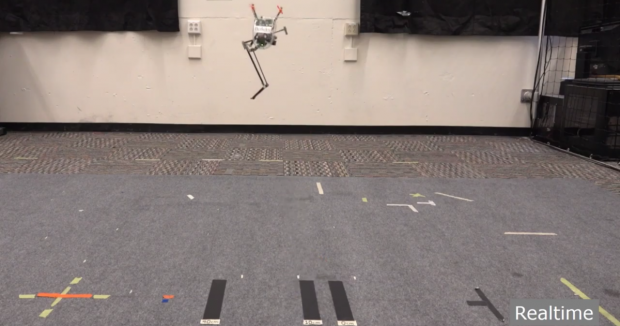
Breaking News
 Iran Regime Kills Protesters as Unrest and Calls for Regime Change Spread Nationwide
Iran Regime Kills Protesters as Unrest and Calls for Regime Change Spread Nationwide
 Trump, Treason, and the New York Times
Trump, Treason, and the New York Times
 Democrat idiocy at work in San Francisco
Democrat idiocy at work in San Francisco
 BREAKING THROUGH Tesla AI in 2026
BREAKING THROUGH Tesla AI in 2026
Top Tech News
 Laser weapons go mobile on US Army small vehicles
Laser weapons go mobile on US Army small vehicles
 EngineAI T800: Born to Disrupt! #EngineAI #robotics #newtechnology #newproduct
EngineAI T800: Born to Disrupt! #EngineAI #robotics #newtechnology #newproduct
 This Silicon Anode Breakthrough Could Mark A Turning Point For EV Batteries [Update]
This Silicon Anode Breakthrough Could Mark A Turning Point For EV Batteries [Update]
 Travel gadget promises to dry and iron your clothes – totally hands-free
Travel gadget promises to dry and iron your clothes – totally hands-free
 Perfect Aircrete, Kitchen Ingredients.
Perfect Aircrete, Kitchen Ingredients.
 Futuristic pixel-raising display lets you feel what's onscreen
Futuristic pixel-raising display lets you feel what's onscreen
 Cutting-Edge Facility Generates Pure Water and Hydrogen Fuel from Seawater for Mere Pennies
Cutting-Edge Facility Generates Pure Water and Hydrogen Fuel from Seawater for Mere Pennies
 This tiny dev board is packed with features for ambitious makers
This tiny dev board is packed with features for ambitious makers
 Scientists Discover Gel to Regrow Tooth Enamel
Scientists Discover Gel to Regrow Tooth Enamel
 Vitamin C and Dandelion Root Killing Cancer Cells -- as Former CDC Director Calls for COVID-19...
Vitamin C and Dandelion Root Killing Cancer Cells -- as Former CDC Director Calls for COVID-19...
Salto the jumping robot can now execute stylish precision landings

By 2018, it was hopping continuously to heights up to a meter (3.3 ft) or so, with pretty decent accuracy, and autonomously bouncing its way up obstacles, using chairs as stepping stones to bounce up onto a table, for example.
What it couldn't do, oddly enough, was land. It's one thing to keep a jigger like this dynamically in motion, but things need to be incredibly precise to stick the landing, especially when you don't have a second leg to step forward or back if you land at the wrong angle.
Indeed, angular momentum is the biggest bugbear for Salto to deal with, particularly when hopping forward from one spot to another. It leans forward as it jumps, using a rotating reaction wheel to balance, then adjusts the rotation of that balance wheel to bring its foot forward to the appropriate angle for a controlled landing. If its angular momentum is off, it might land its foot right on the target but then fall over.
Salto team lead Justin Yim explained the solution in an interview with IEEE Spectrum. "Falling from 1 meter (3 ft), Salto only has about 2.3 degrees of wiggle room forwards and backwards if it is to stick its landing. Gymnasts 'sticking a landing' with feet together face this same challenge. If their angular momentum is wrong, they have to take a step to keep their balance. However, taking a step isn't possible with only one leg (as Salto has) or when landing on a narrow ledge or beam. A person landing on a beam or ledge will pinwheel their arms the same way Salto spins its reaction wheel tail."



